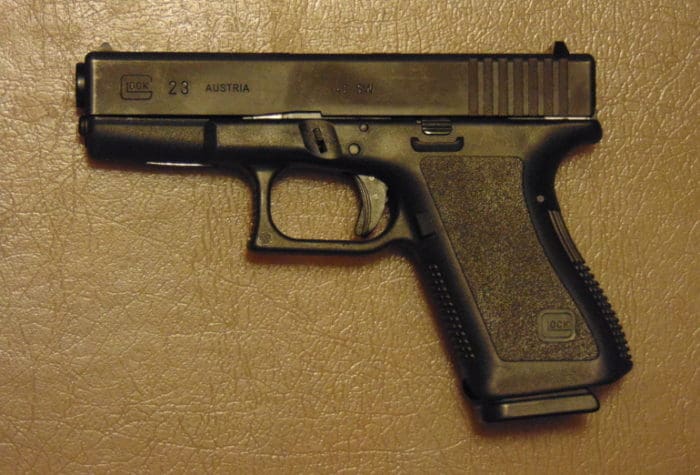Two police departments in Indiana are trading in their duty guns for new ones of a different caliber. The Valparaiso Police Department is swapping their .40 caliber GLOCKs that are only a few years old for newer 9mm pistols. For better or worse, much of the gun-buying public takes queues from what law enforcement agencies choose to carry.
Here’s now Valparaiso Sgt. Michael Grennes justified the caliber change. From nwitimes.com:
“We had originally switched to the .40 because of a perceived ‘stopping power’ need,” Grennes said. “The thought was that a bigger, faster bullet would incapacitate faster and thus end officer-involved shooting more rapidly.”
“This is not the case,” he emphasized.
“It’s a balance of shoot ability and shot placement added to officer’s confidence in their own ability that ends the aggressor’s assault on the officer (or innocents), not a particular cartridge,” Grennes said.
Fair enough. Sgt. Grennes reportedly then got into more detail regarding his department’s decision . . .
The difference between the 9mm and the .40-caliber guns, he explained, is one of cartridge ignition pressures. The 9mm has a long, low, smooth ignition impulse, while the .40 has a short, sharp, abrupt ignition impulse.
That recoil caused cracking of the frame in the .40-caliber guns, especially ones that had been used often over four to five years, he said.
Unfortunately, the Sergeant got his facts wrong. There is no difference in pressure levels 9mm and .40 S&W ammunition. SAMMI pressure limits for both are exactly the same at 35,000 psi.
Of course, given the general ignorance of most reporters about all things having to do with firearms, it’s possible that officer was misinterpreted. Sgt. Grennes may have confused internal pressures with external mechanics.
But the Sergeant’s information carries a grain of truth. Early GLOCK .40s used the same recoil spring as 9mm pistols, which resulted in more felt recoil. The .40 caliber has more energy, so there’s more energy in the recoil impulse. With high round counts, a small number of frames suffered hairline cracks.
Early Gen 3 GLOCKs had reinforced frames with an extra pin in the locking block/trigger mechanism, that also offered a stress relief hole to stop the rare cracking of the .40 caliber pistols. As the pistols the Sergeant is referring to are only four to five years old, they’re not subject to the earlier guns’ cracking problem.
Moving from .40 caliber GLOCKs to 9mm pistols seems to be a growing trend among police departments. That may offer gun buyers the opportunity to pick up some inexpensive, but excellent GLOCK .40 caliber police trade-ins.
Reinforced frames have two pins instead of one above the trigger, so they are easy to spot. Gen 5 GLOCKs have gone back to one pin, but are only chambered in 9mm.
©2018 by Dean Weingarten: Permission to share is granted when this notice and link are included.
